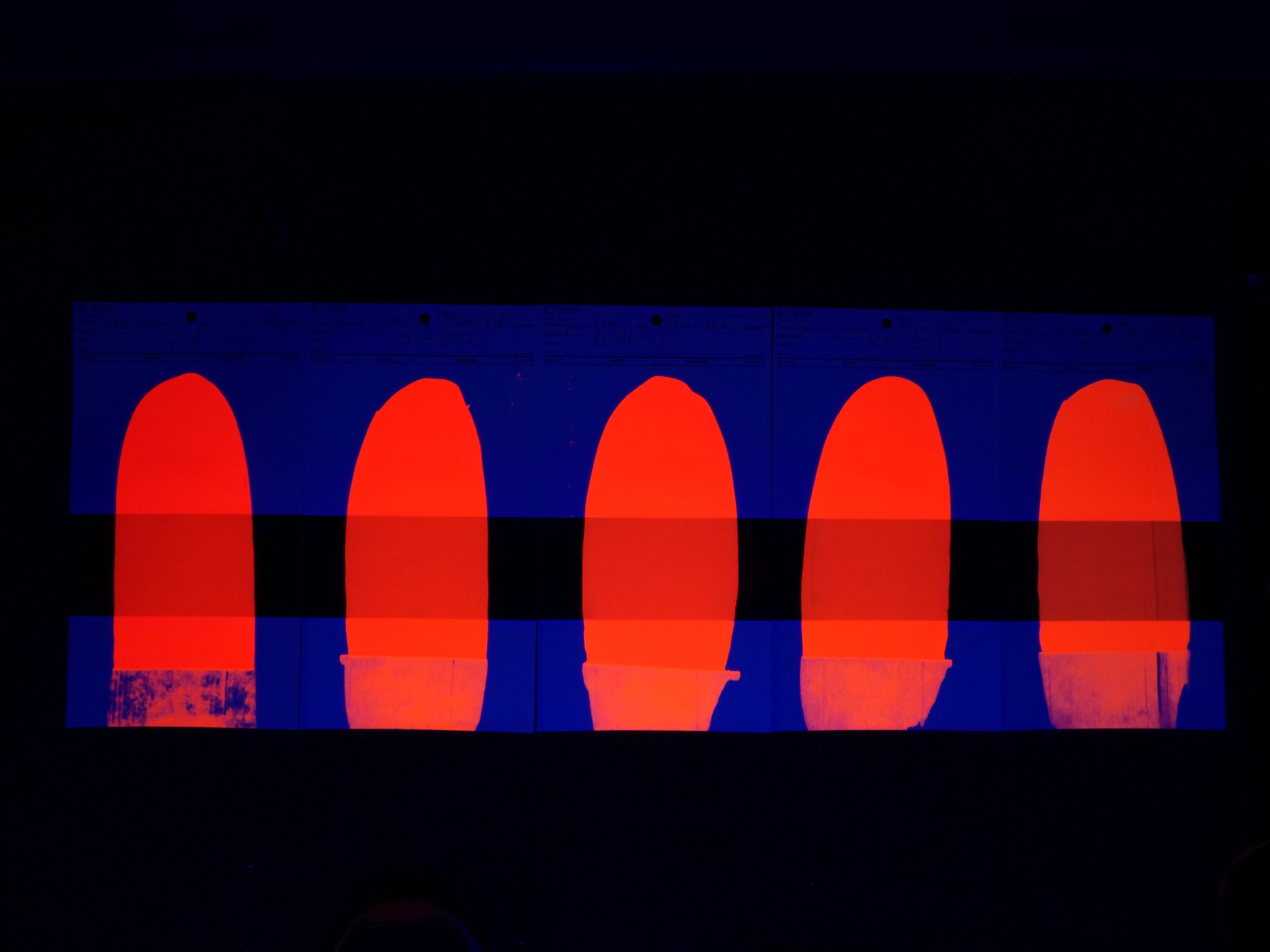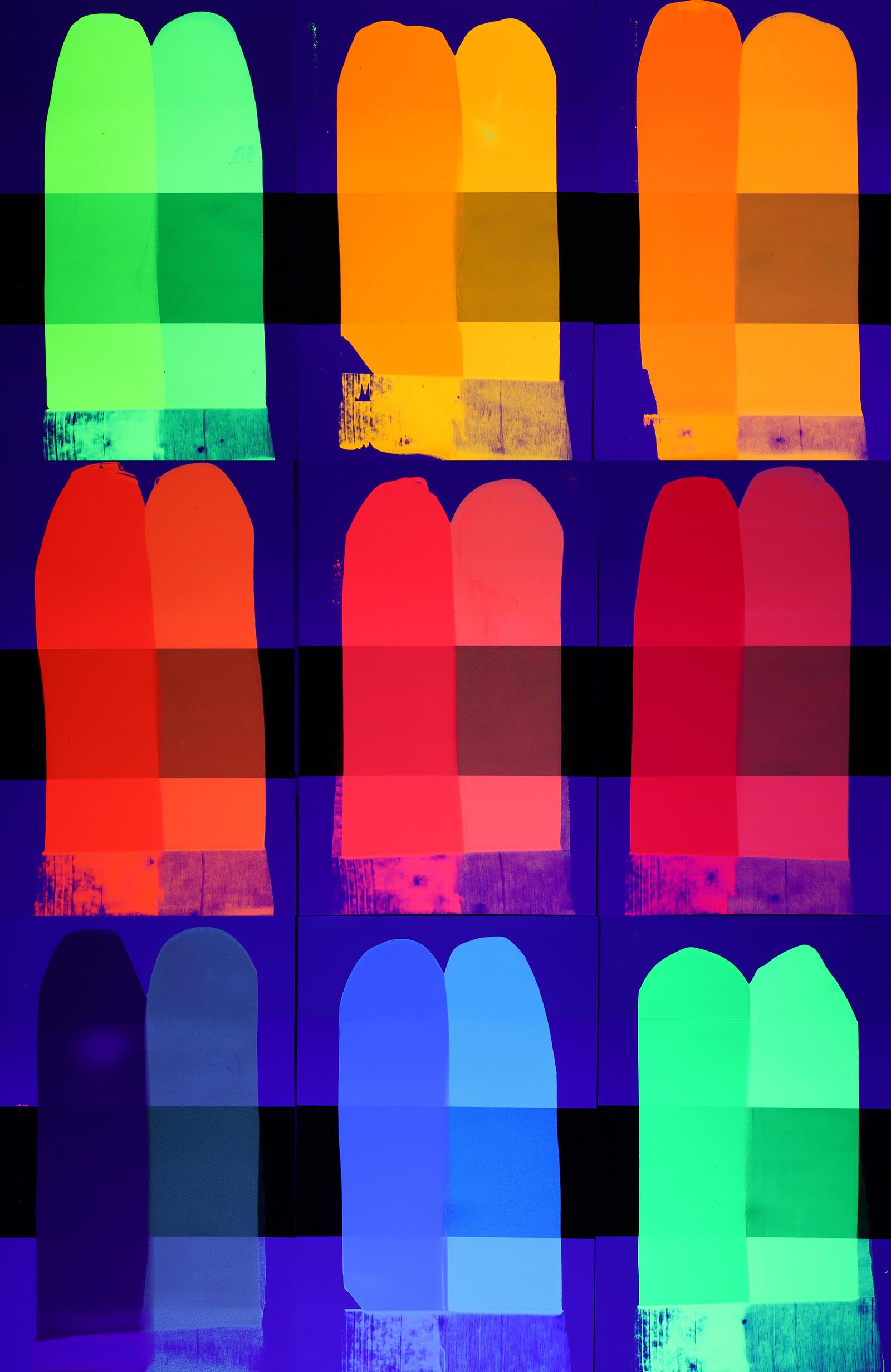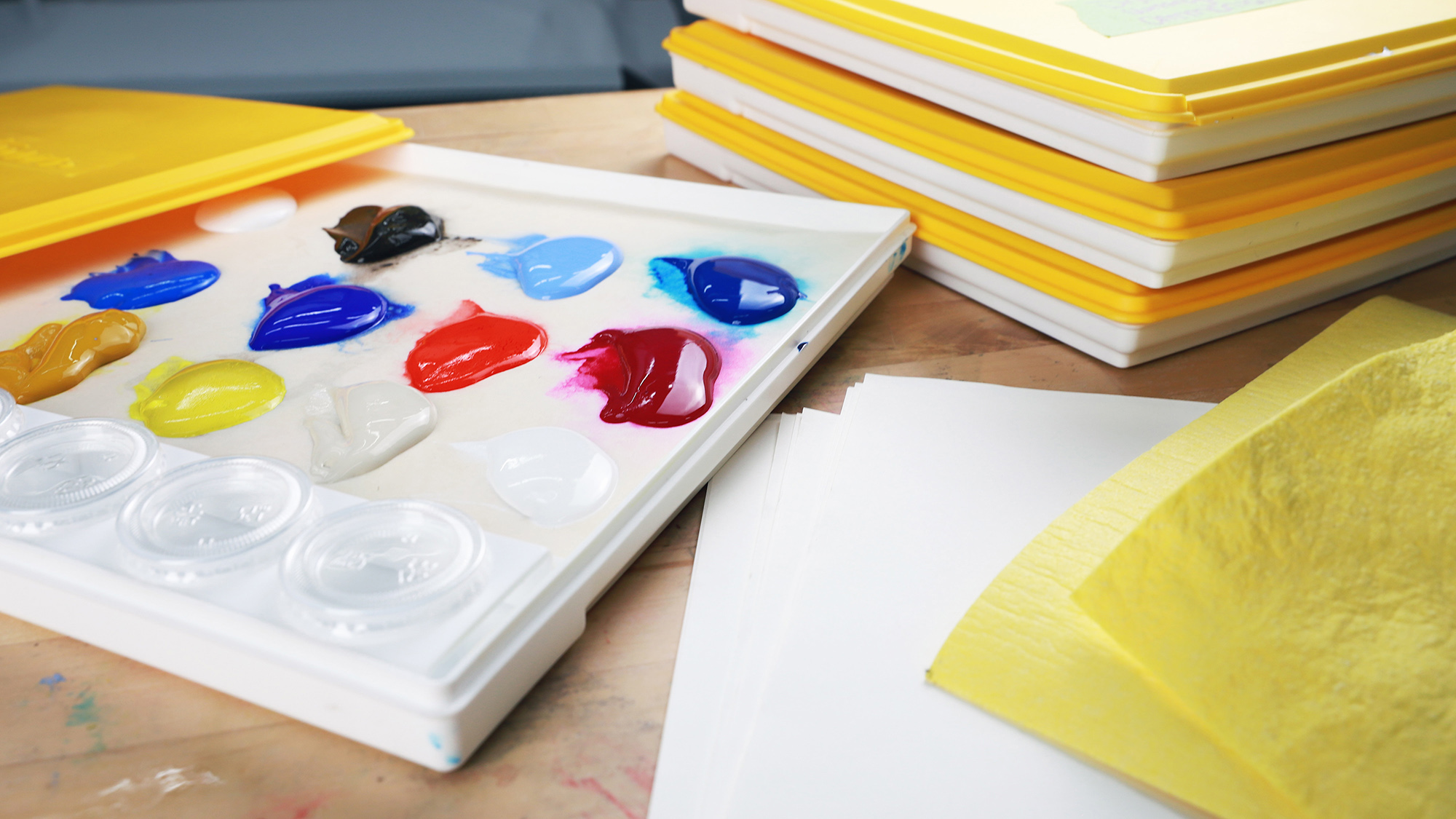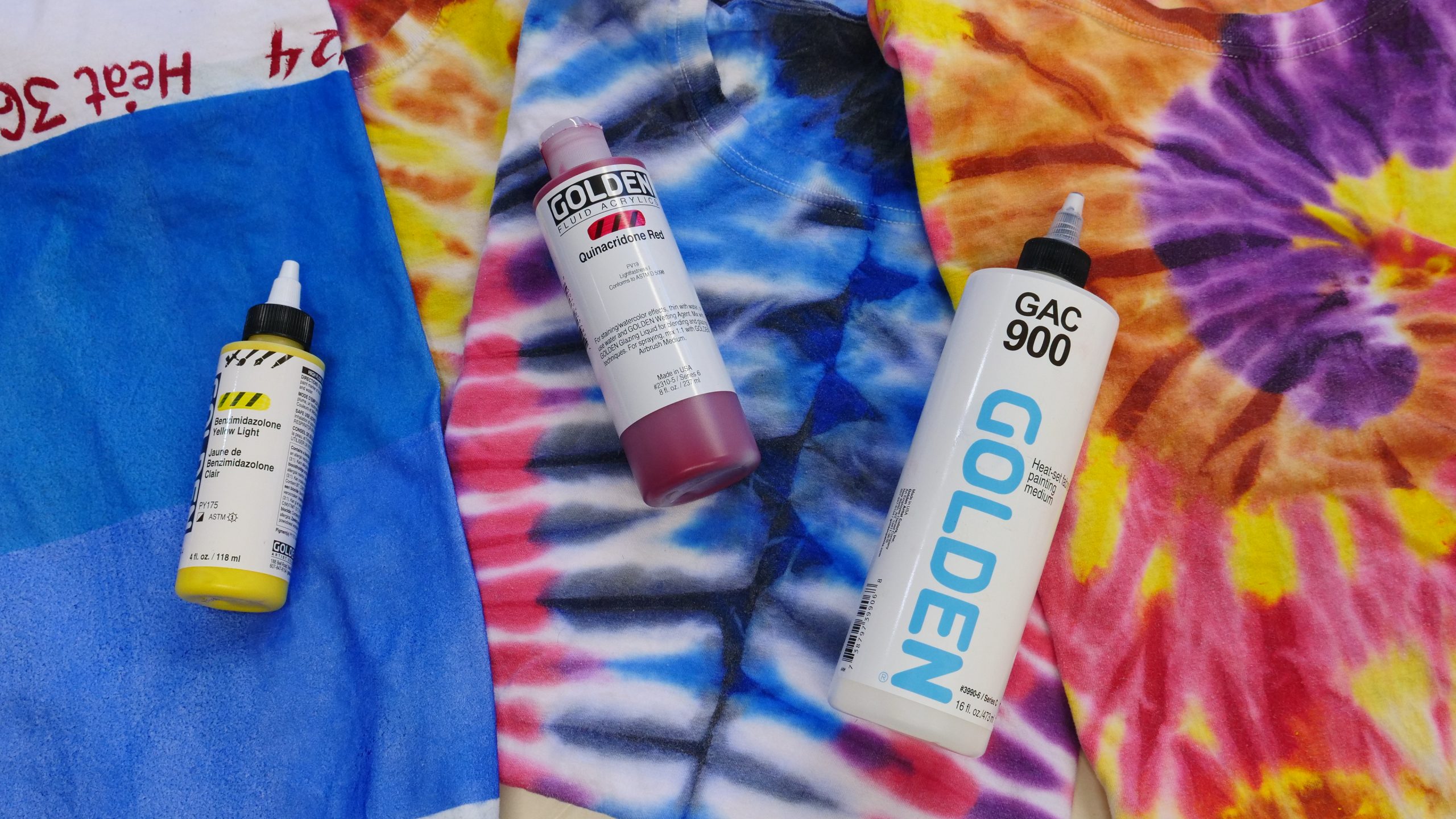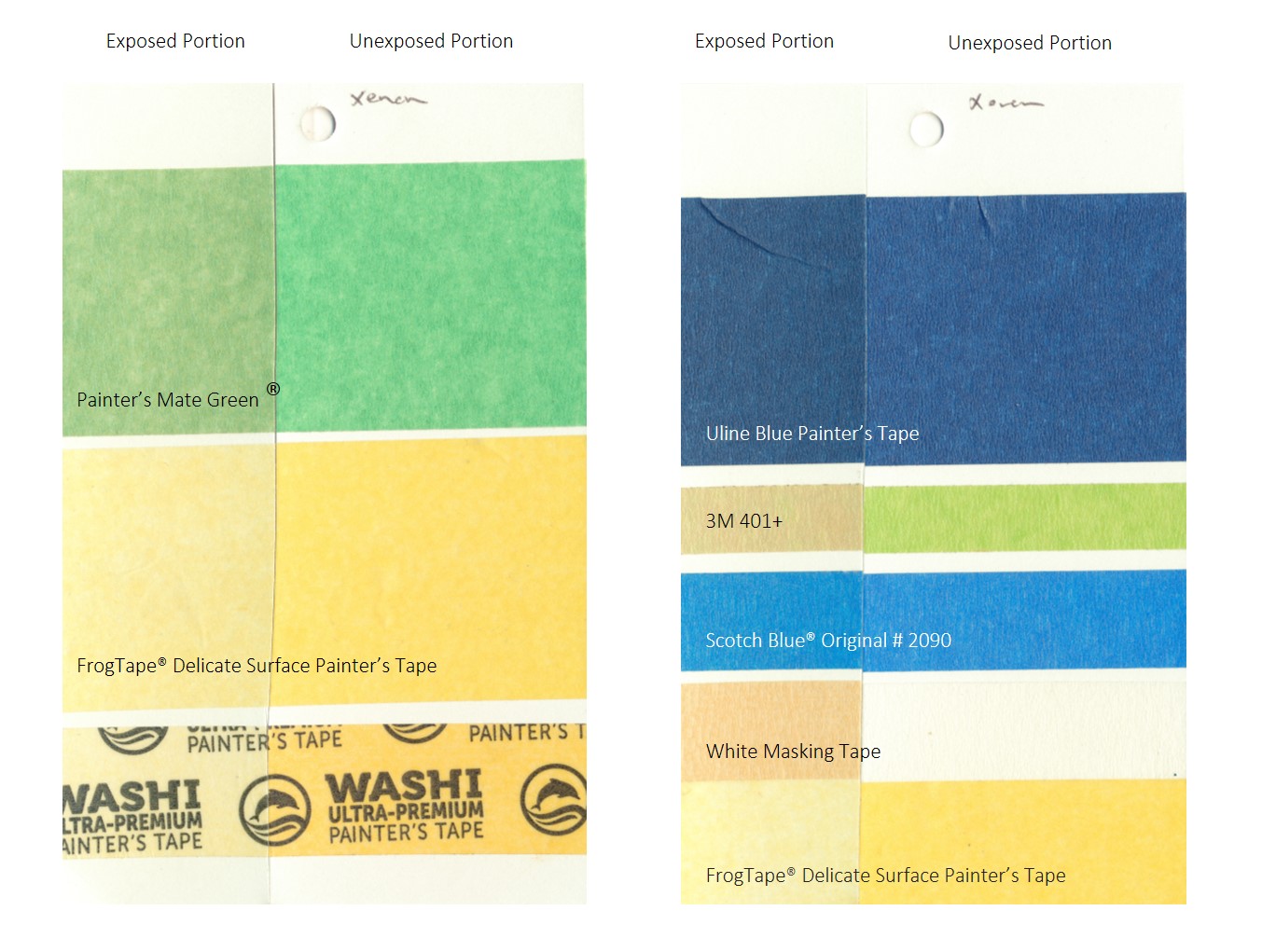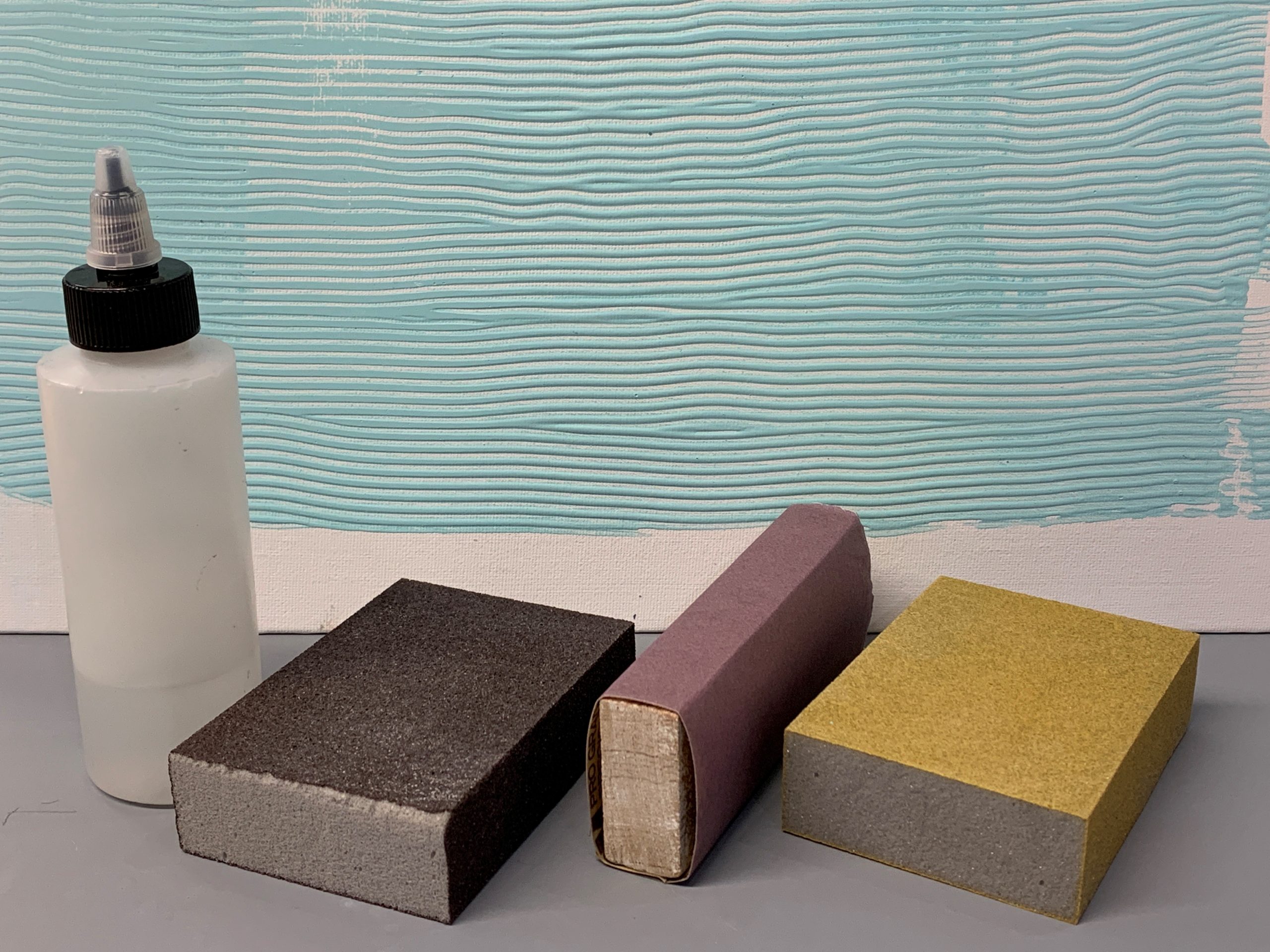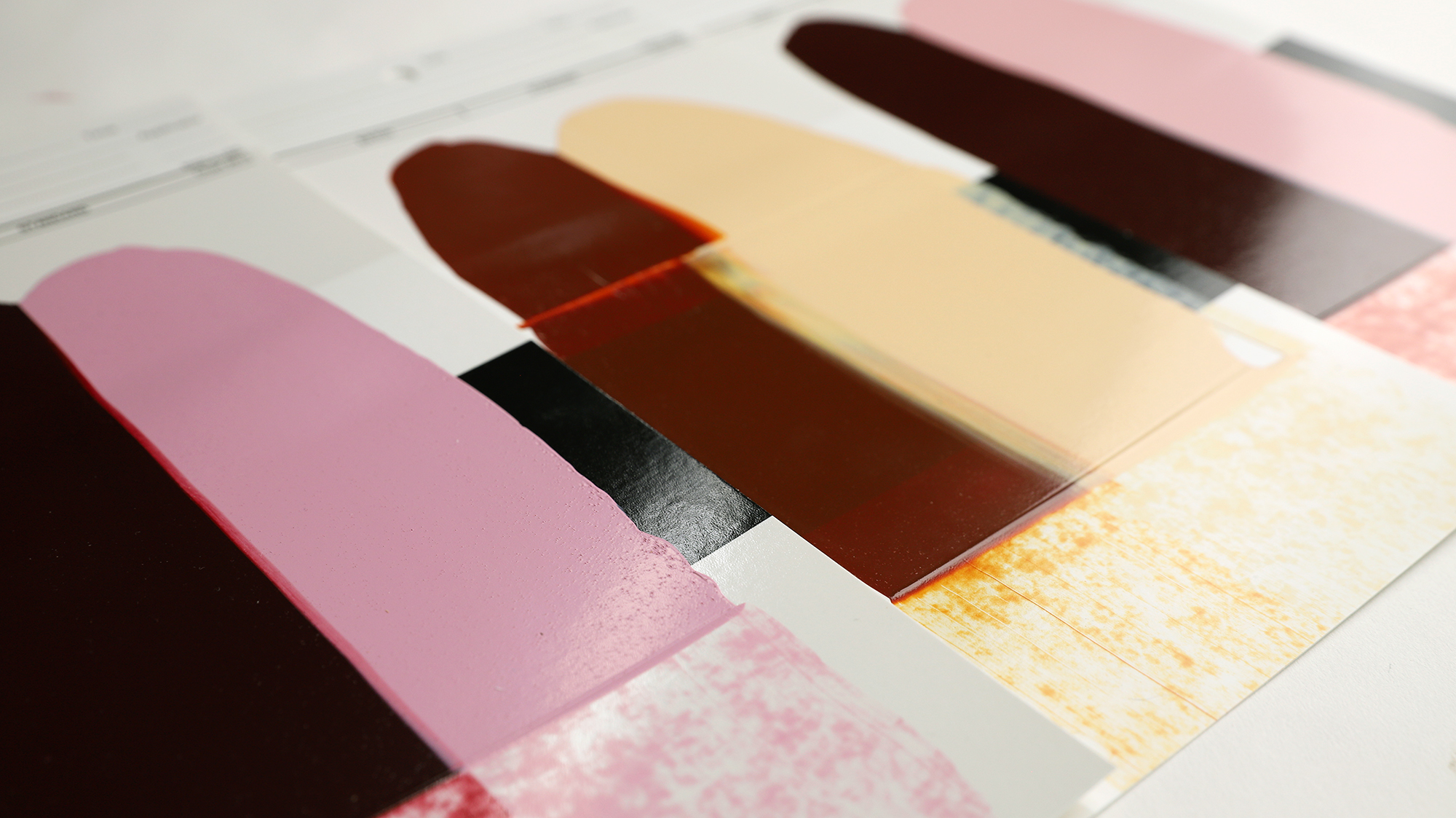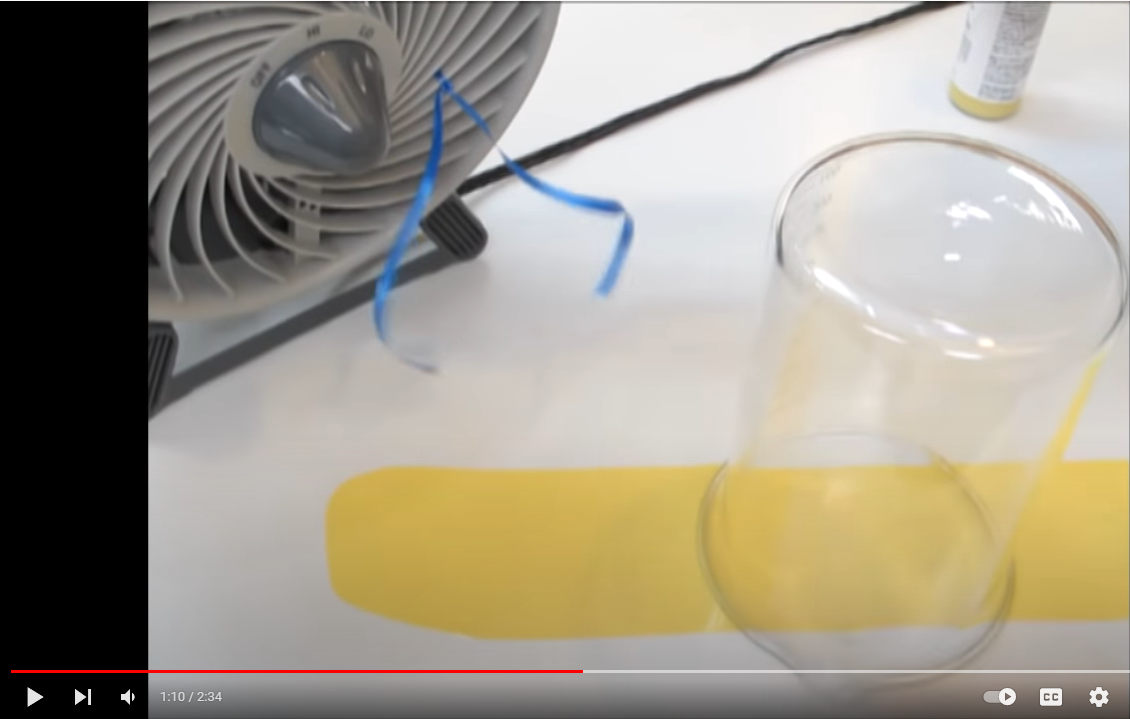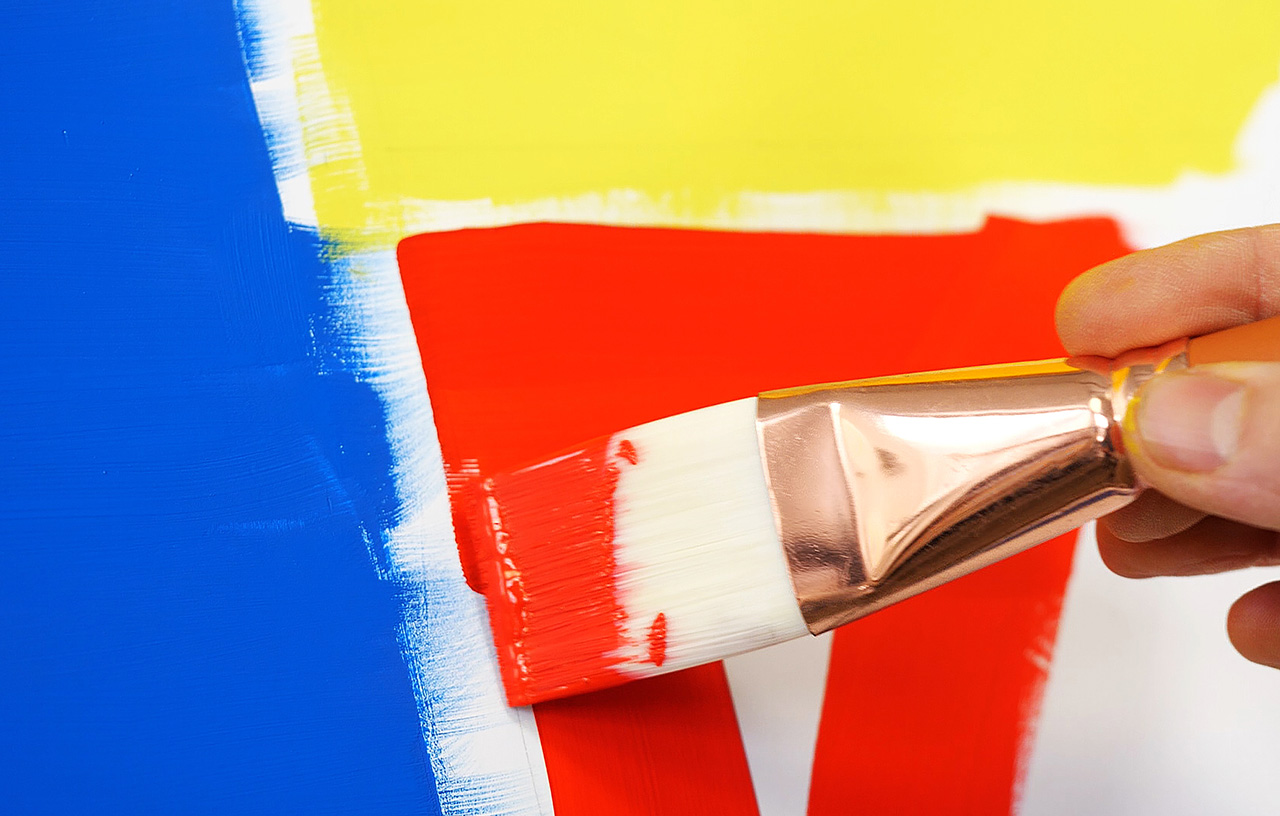In a previous article The Science and Seduction of Luminescent Colorants, we discussed what makes Fluorescent and Phosphorescent pigments unique. To summarize, electrons can be charged with light energy, causing them to become excited and temporarily jump to a higher orbit. As they release this energy in the form of photons (light), it results in … Read more
Home>Uncategorized> Acrylic Paints> Acrylics> Application> Artist Resources> Color> Research > Mixing Phosphorescent Green with Gels, Pastes and Paints
Archive | Acrylics
Today’s artist has access to an abundance of colorants, including Fluorescent and Phosphorescent pigments, which are members of the “Luminescent Family”. Few, if any, other colorants rival their vibrant allure. Whether applied as paint or encapsulated in resins, glass or plastic, these materials have always held an aura of mystery and intrigue. Part of this … Read more
Every once in a while we receive inquiries from artists who use our products with Masterson Sta-Wet Palettes, a sealable palette system that keeps acrylic paints workable for days or even weeks by utilizing a wet sponge and permeable palette paper. Some of these artists shared that certain GOLDEN Artist Acrylic colors were changing consistency … Read more
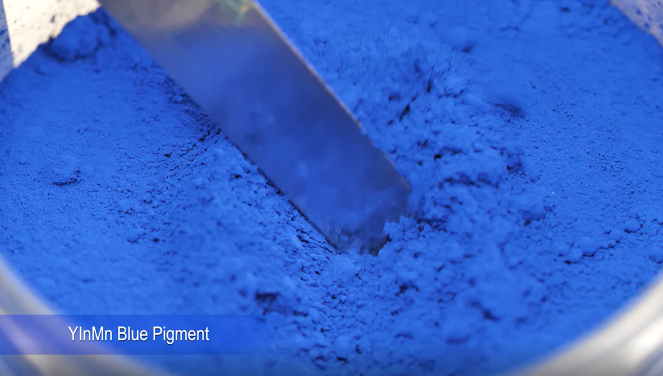
Custom Special Edition YInMn Blue Acrylic, Oil and Watercolor Paints March 08, 2024 We are excited to announce that a limited quantity of YInMn Blue is now available for purchase through the GOLDEN online store! Available in Heavy Body Acrylic, QoR Watercolor, and Williamsburg Oil, YInMn Blue is only available for purchase within the U.S., … Read more
Fabric painting using your acrylic paints and GOLDEN GAC 900 are great for creating wearable artwork. Lean what products to use for your favorite techniques.
Tape is an immensely useful tool for artists and designers. It is a go-to option when masking off areas of a painting or establishing the layout of a design. Masking tapes and painter’s tapes are uniquely designed to offer low tack adhesion and easy release, making them perfect for these applications. That being said, some … Read more
If you’ve ever sanded Gesso or other acrylic products and ended up with rubbery bits and had to throw out sheets and sheets of sandpaper and less than excellent results, then you should try WET SANDING! Wet sanding is the most effective way to sand acrylics. Adding water to the process lubricates the surface to … Read more
The loss of key quinacridone paint colors result in Golden Artist Colors creating recipes to recreate them for artists.
Learn the keys of how adding Retarder into Acrylic Paint increases the amount of painting time, improving blending , shading, and paint applications.
Glare and reflections are the typical challenge when photographing paintings with a glossy finish. We can do our best by photographing in indirect sunlight, which provides the best lighting, and eliminate shadows and “hot spots” as best we can, and still find that the light distorted the representation of our original artwork. Getting reliable and … Read more

